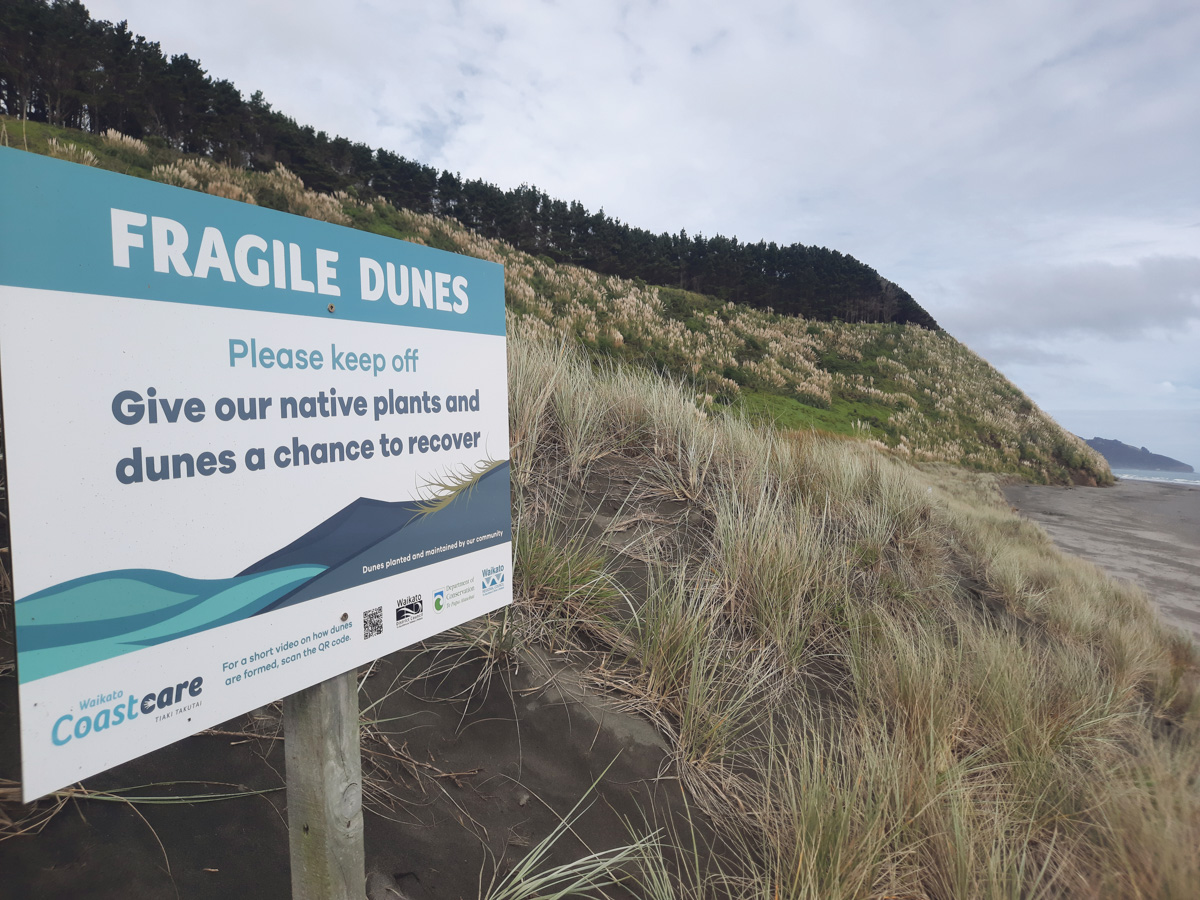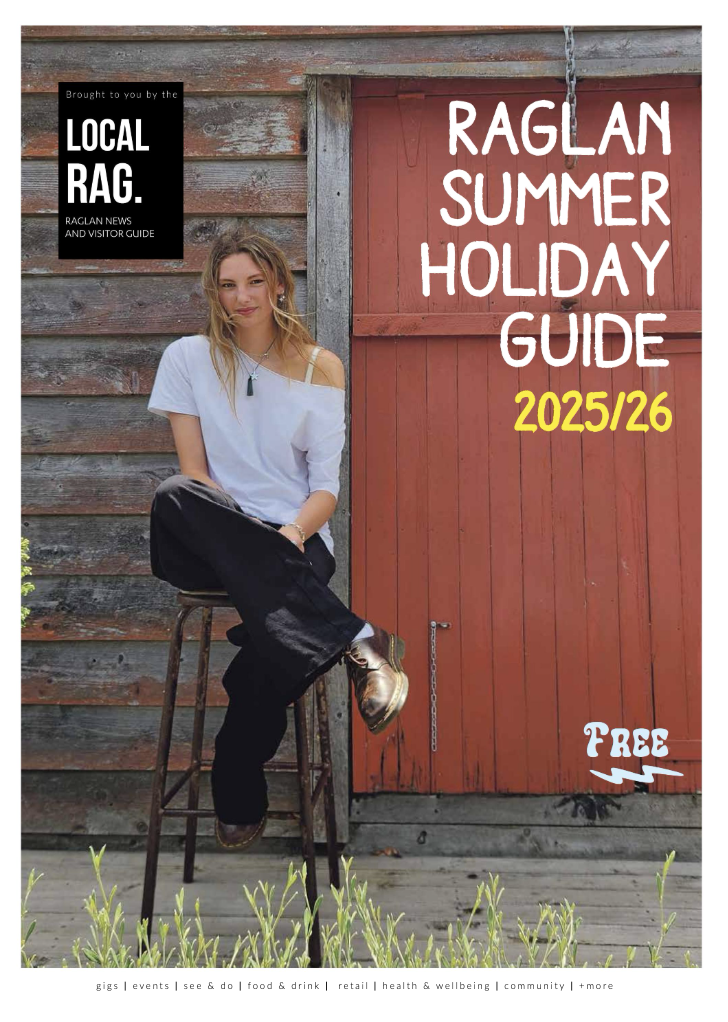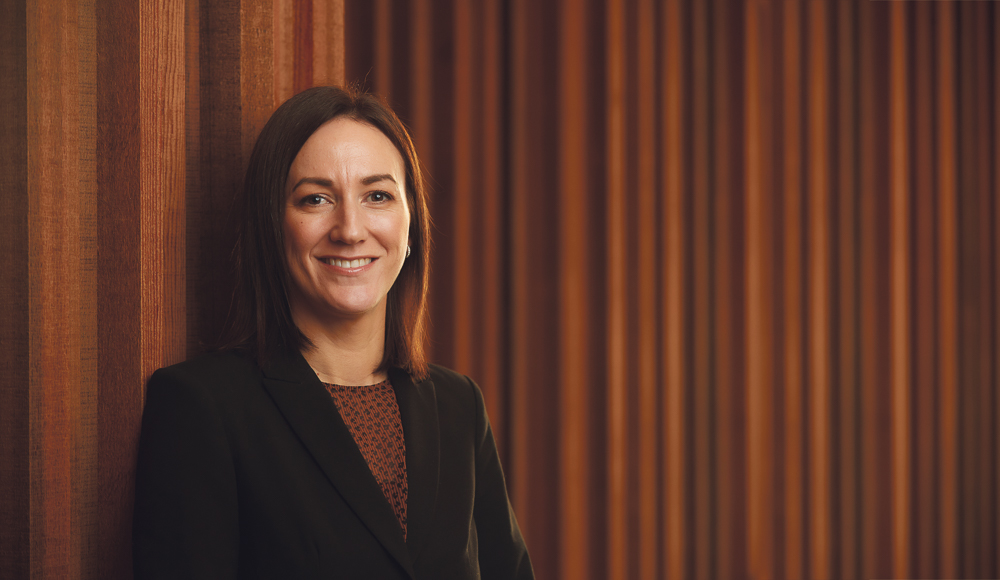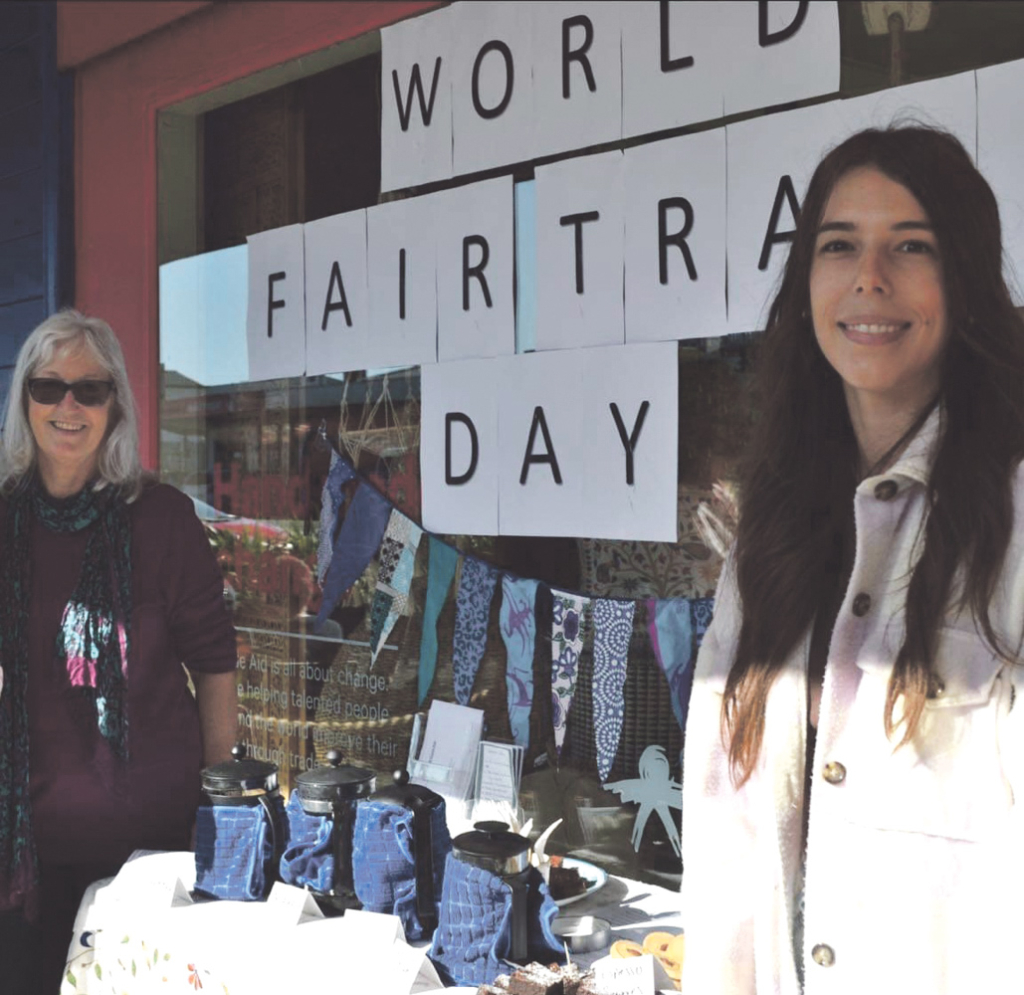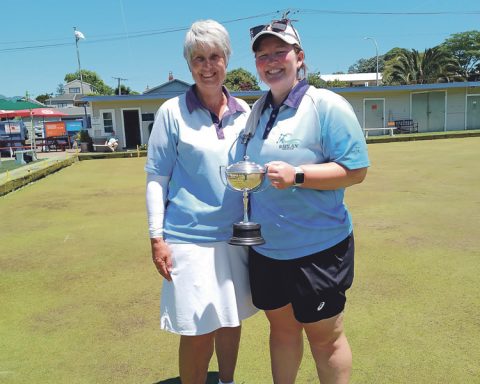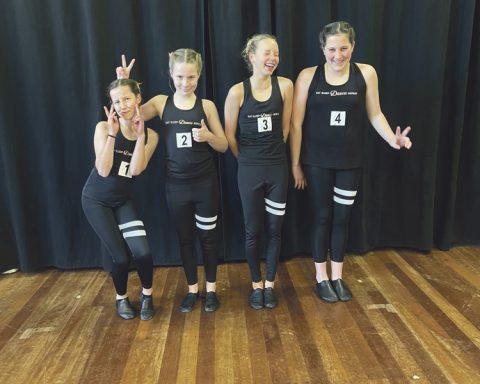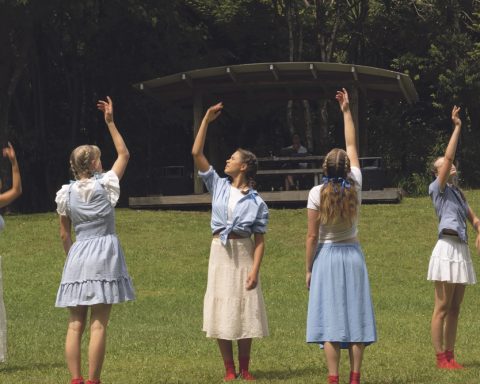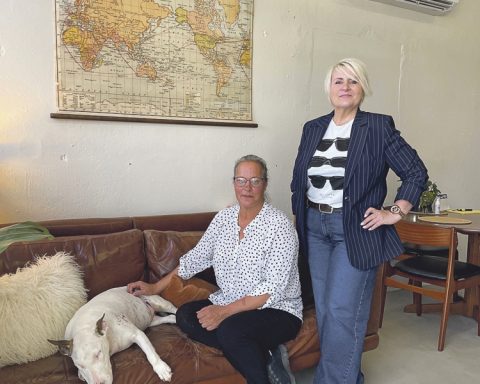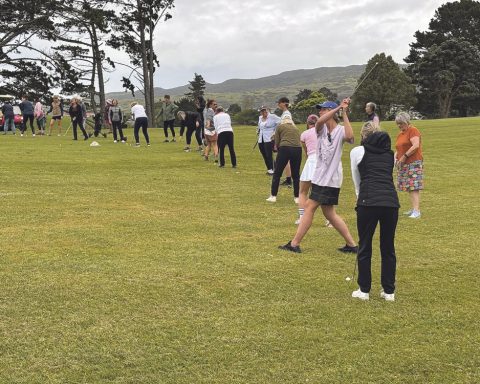We’ve seen a lot of sand movement on our beaches recently! These changes are part of a natural cycle; a give and take between the coast and the sea. In areas where we have wide sand dunes with native foredune grasses, the dunes will soon grow back.
Work to restore sand dunes to support this natural accretion-erosion cycle, is one of the areas of focus for the Coastcare-Waikato programme.
Sand dunes buffer us from storms, our coastlines filter water runoff from the land, and our coasts are home to a special mix of native plants and animals. Sadly, over 75% of the Waikato coastline has been degraded and continues to face numerous pressures like urban development, pest animals, weeds, vehicles and litter. Works to remediate the impacts of human activities around our local coasts first started in the 1950s in response to significant erosion and loss of natural character – but there is still so much to do.
Restoration of the coastline around Ruapuke and Whāingaroa has been undertaken through the Coastcare-Waikato programme with collaboration between Waikato Regional Council, Waikato District Council, Tainui Hapu, the Whāingaroa ki te Whenua Trust and Ruapuke Coastcare volunteers since the early 2000s. This work focuses on two areas – strengthening the dune system by planting kōwhangatara and pīngao and restoring backdune coastal ecosystems by planting native trees and shrubs.
The Coastcare planting season kicked off this month and more volunteers are needed to get the thousands of plants into the ground. Coastcare-Waikato’s West Coast Coordinator, Stacey Hill, says “Come join the next planting bee at north Ruapuke on the 3rd of June. It’s a great way to connect to other awesome locals and to the gorgeous environment out there”.
Find out more: www.facebook.com/coastcarewaikato/events
Email: coastcare@waikatoregion.govt.nz
